With the automobile being more than a hundred years old, there are bound to be some cars that may be just a bit weird. Many countries have built cars of all shapes and sizes, but Britain probably has some of the most obscure vehicles ever made.
The British motor industry features many different makes and models – some of which are immensely popular all over the world like the Land Rover, while some, like Connaught, are less known and have only recently been revived. Sometimes, the weird vehicle is produced by a well-known automaker as in the likes of the AC Ecosse – since AC is most famous for the Ace, which turned into the famous Shelby Cobra. Most other times, the bizarre model is built by an equally strange automaker some decades ago.
Regardless of which manufacturer is responsible for the model, here are ten obscure British sports cars which only proper gearheads – or avid automotive historians – would know about.
10 Bristol Fighter
The Bristol Fighter was built between 2004 and 2011 and is generally considered to be the British version of the Dodge Viper – mostly due to the fact that it is fitted with the same 8.3-liter V10. Bristol modified the engine to produce around 525 hp and 525 lb-ft of torque, but up to 628 hp and 580 lb-ft in the sportier Fighter S.
Bristol built a prototype Fighter T which was a turbocharged version and would have produced somewhere in the vicinity of 1,000 hp and 1,000 lb-ft, making it the first gasoline-powered turbocharged V10 car – if it was ever produced. The Bristol Fighter may not be as obscure as some of the other cars on this list, but it is still relatively unknown to most people.
9 Swallow Doretti
The Swallow Doretti was a small 2-seat roadster built by Swallow Motorcars – a more modern version of the original Swallow Coachbuilding Company which manufactured motorcycle sidecars before WWII. Swallow Motorcars was founded by none-other than William Lyons and William Walmsley and eventually turned into Jaguar Cars Limited.
The Doretti was built on the Triumph TR2 chassis and used many of the same parts. Manufactured between 1954 and 1955, the Doretti featured a 2.0-liter inline-4 and could hit an impressive 100 mph – when fitted with overdrive on the gearbox.
8 Peerless GT
Produced between 1957 and 1960, the Peerless GT was heavily inspired by the traditional British GT car styling of the era. The car was heavily revised and improved after 1960 and renamed the Warwick GT, yet only around 360 vehicles were produced over the whole course of production.
Both the Peerless and Warwick GTs featured 2.0-liter inline-4s, although Warwick played around with the idea of offering a 3.5-liter Buick V8 – which later became the Rover V8 – in the car. Still, only two cars were prototyped before the company went bust.
7 Rochdale Olympic
The Rochdale Olympic was a tiny kit car built by the British automaker between 1960 and 1973. The Kit included the monocoque chassis, front and rear suspension, and engine from a Morris Minor – with some modifications. The Olympic was sold as a 2+2, but with the extremely cramped rear seats, many customers left them out of their builds.
The Olympic got an engine upgrade later in its lifetime, offering the 1.5-liter inline-4 from the MGA. Even later on, the engine changed again to a 1.5-liter from Ford to add some reliability. The gearbox depended on what the owner wanted, but it was usually a 4-speed manual.
6 Piper GTT
The Piper GTT was the production version of the 1967 prototype Piper GT introduced at the 1967 Racing Car Show. The car was sold as a running chassis with a fiberglass body to which the drivetrain of a Jensen-Healey Sprite, Hillman Imp, or Ford could be fitted.
The production GTT version was light and durable, extracting almost supercar performance from the relatively mundane mechanical components. As with small British automakers of the time, the Piper GTT didn’t really sell all that well, but various units do make appearances at car shows in modern times.
5 Marcos Mantis
The Marcos Mantis is not a car that can be considered ‘beautiful’ in any sense of the word, although it is fascinating. At 15.6 ft long, it is quite a large vehicle, but with a height of just 3’10”, the Mantis was among the lowest coupes on sale in the UK.
Sold in the 1970s, the Mantis featured a 2.5-liter Triumph engine and transmission. Unlike the Triumph, the Mantis had a top speed of 120 mph – relatively fast for the time. The Mantis name was revived in the 1990s for the limited-run Mantis GT.
4 Evante 140TC
The Evante was a tiny sporty roadster built on the design of the Lotus Elan and was in production between 1984 and 1994. The Evante shares much of the styling with the Lotus, but also has some MGB features to go along with it.
The Evante was originally powered by either a 1.6 or 1.7-liter inline-4, but this was upgraded to a 1.8-liter Ford Zetec 4-cylinder when the original manufacturer went bankrupt. The car remained in production under a new company but was eventually discontinued. Plans to revive it for the 2001 model year were speculated, but they quickly dissolved.
3 AC 3000ME
The AC 3000ME – also called the AC 3-Liter, AC3000 and AC ME3000 – was a mid-engine sports car built by AC Cars between 1979 and 1985. The 3000 took a long time to eventually be production ready, at which point it had to compete with the likes of the Lotus Esprit.
The 3000ME featured a Ford Essex V6 with 138 hp and 192 lb-ft of torque going to the rear wheels via a 5-speed manual. In 1980, there was a turbocharged version produced and later even a twin-turbo version, but neither was approved by AC. There were plans to sell the 3000ME with a turbocharged 2.2-liter from Chrysler under the Shelby name in the US, but it never happened. The prototype is still owned by Shelby.
2 Strathcarron SC-5A
Apart from the interesting name, Strathcarron Motor Cars actually produced two sports cars – the SC-5A and the SC-6. The main design goal was to make sports cars that were extremely light and could be powered by motorcycle engines. Due to various British automotive laws, the company was forced to use automobile engines, and replacing them in already-sold cars caused them to go bankrupt.
The SC-5A weighed just 1,200 lbs and featured a 1.2-liter inline-4 from a Triumph Trophy motorcycle. The engine produced a healthy 125 hp and since the powerplant was in the middle, it had a near-perfect weight distribution. The 6-speed sequential gearbox was rapid enough to blast the SC-5A from a standstill to 60 mph in just 5.6 seconds.
1 Connaught Type-D GT
In the 1950s, Connaught Engineering built some great Formula One race cars. In the early 2000s, the name was revived as the Connaught Motor Company and had prototype sports cars built with some interesting drivetrains. The two sports cars – the Type D Syracuse and Type D-H – were fitted with tiny 2.0-liter V10 engines, the latter of which was even a hybrid.
Unfortunately, the company was dissolved in 2008 due to the global financial crisis, before the production versions could be finalized. Recently, a small company was set up to finish the Type D sports car, using the same tiny V10 as the main propulsion method. Drivetribe has also gotten their hands on an engine and is currently trying to re-engineer a Mazda MX-5 fitted with it, which will result in the first V10-powered MX-5.

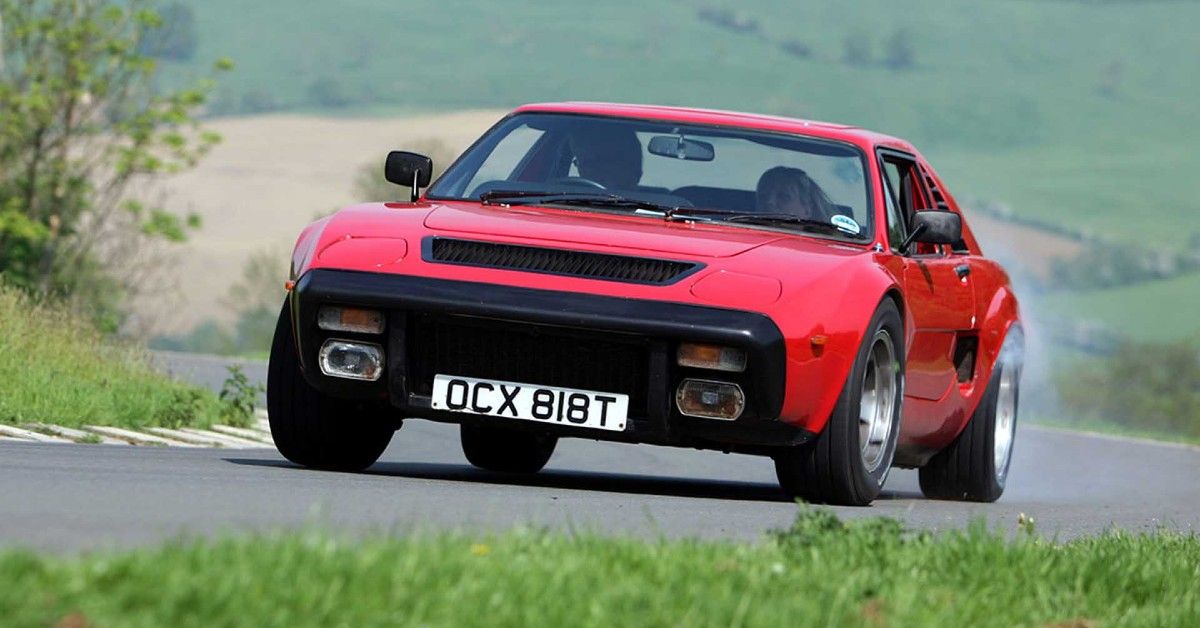
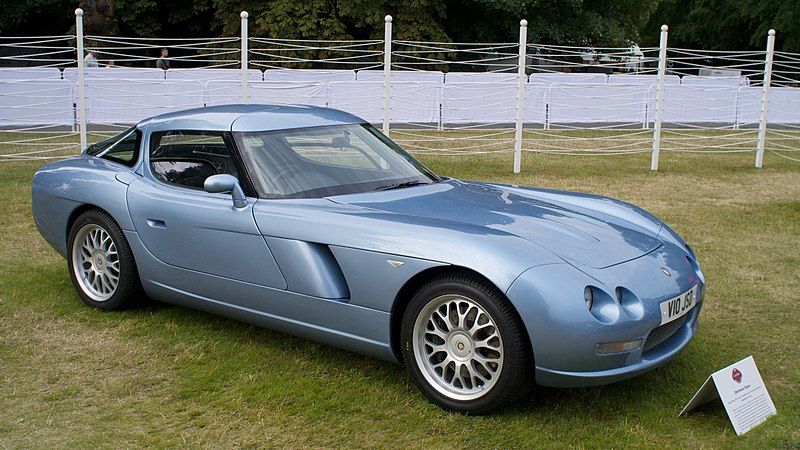
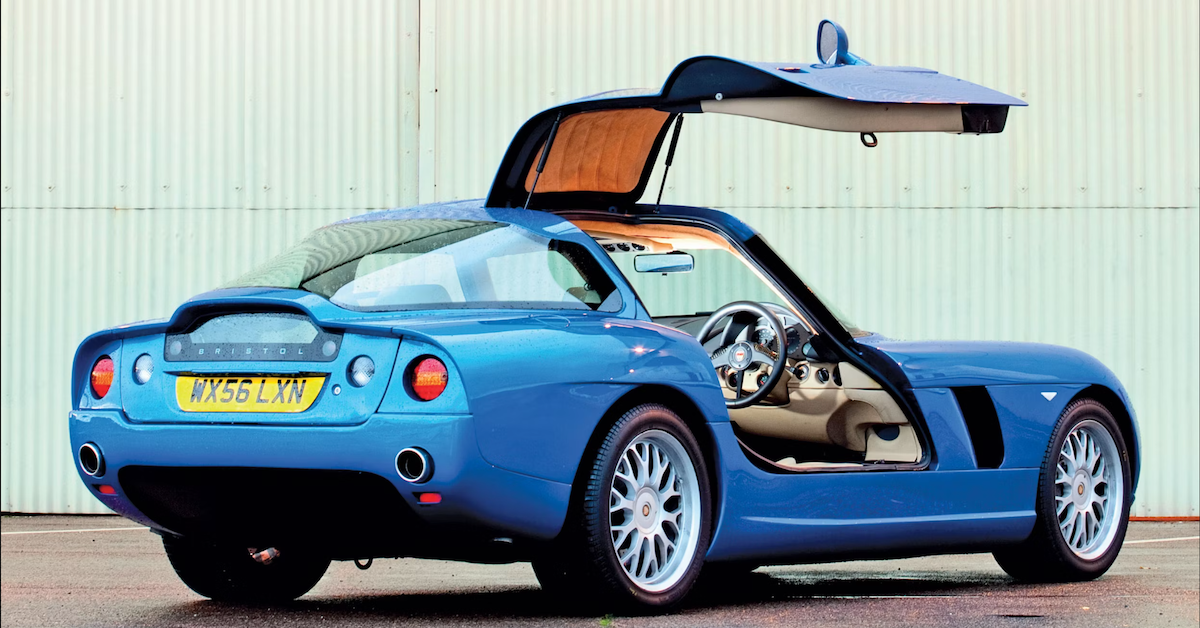
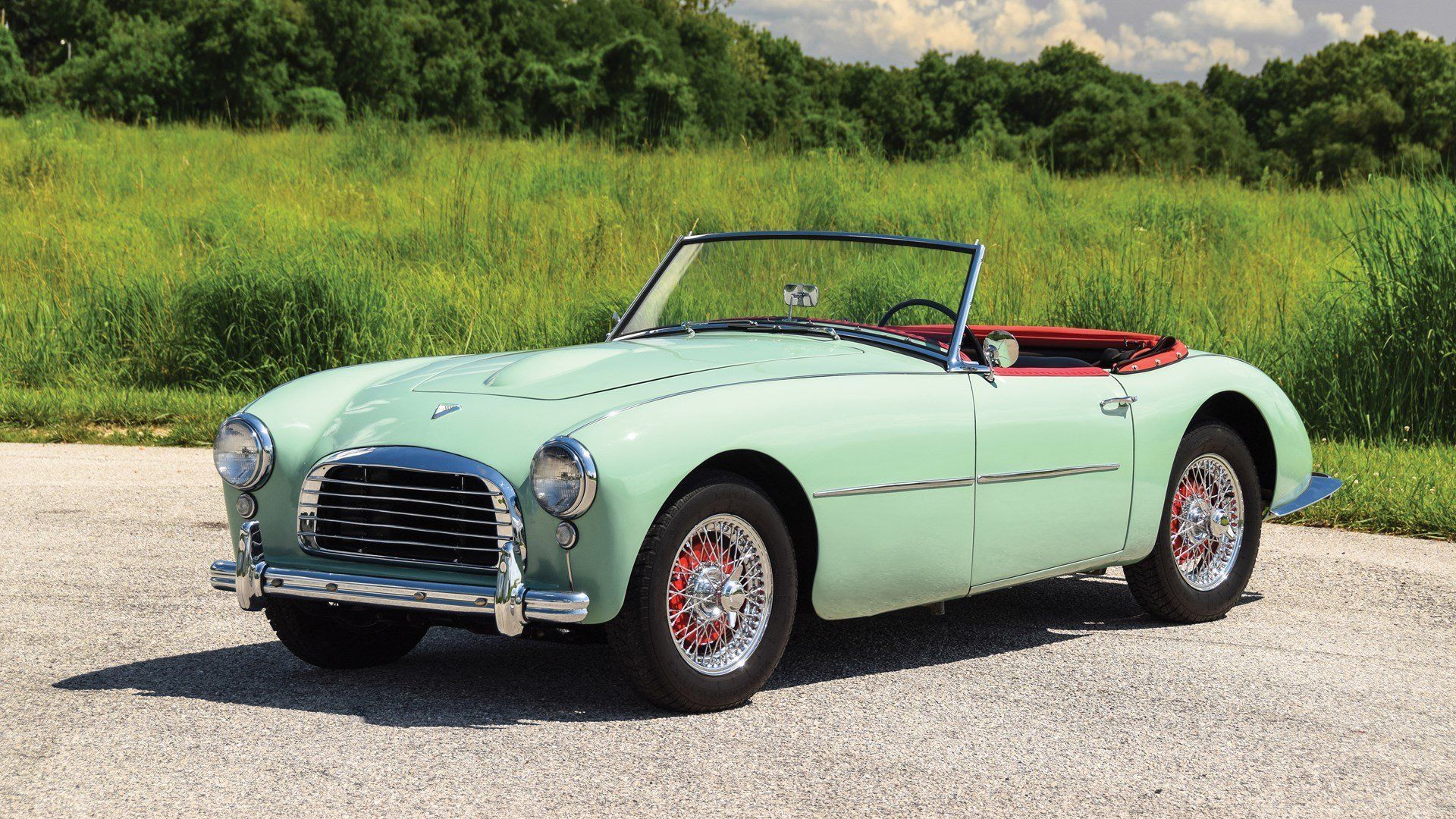
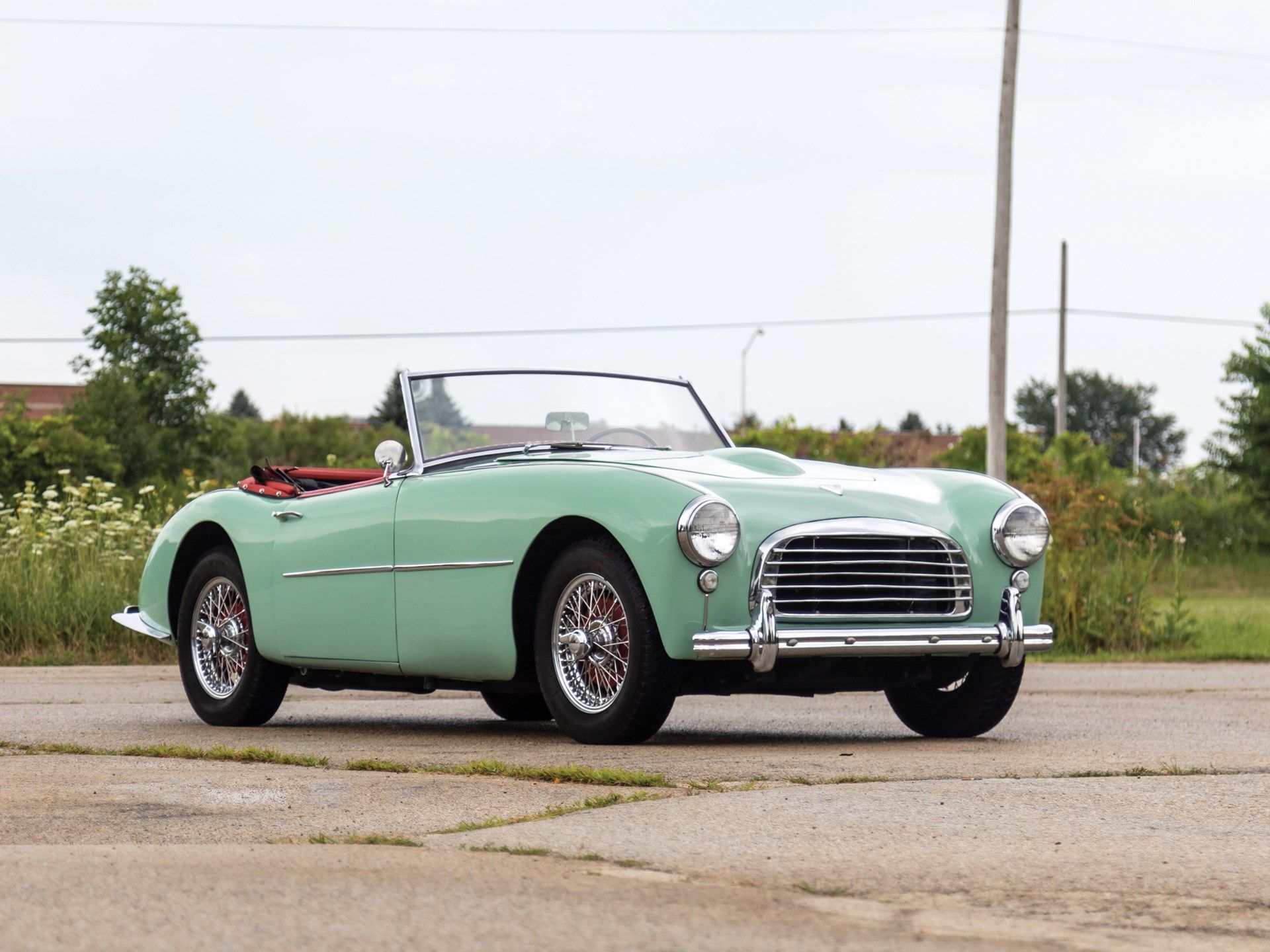
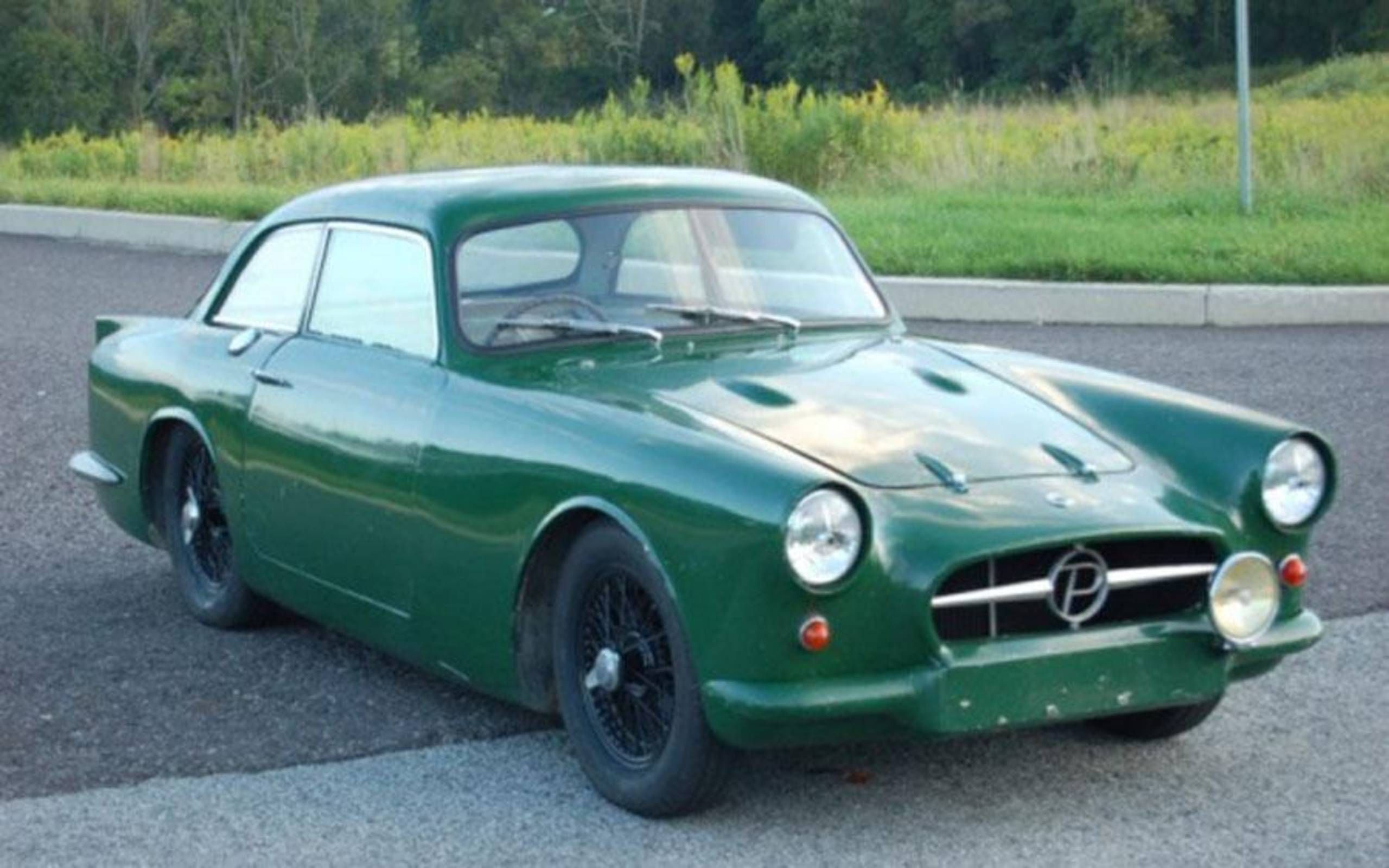
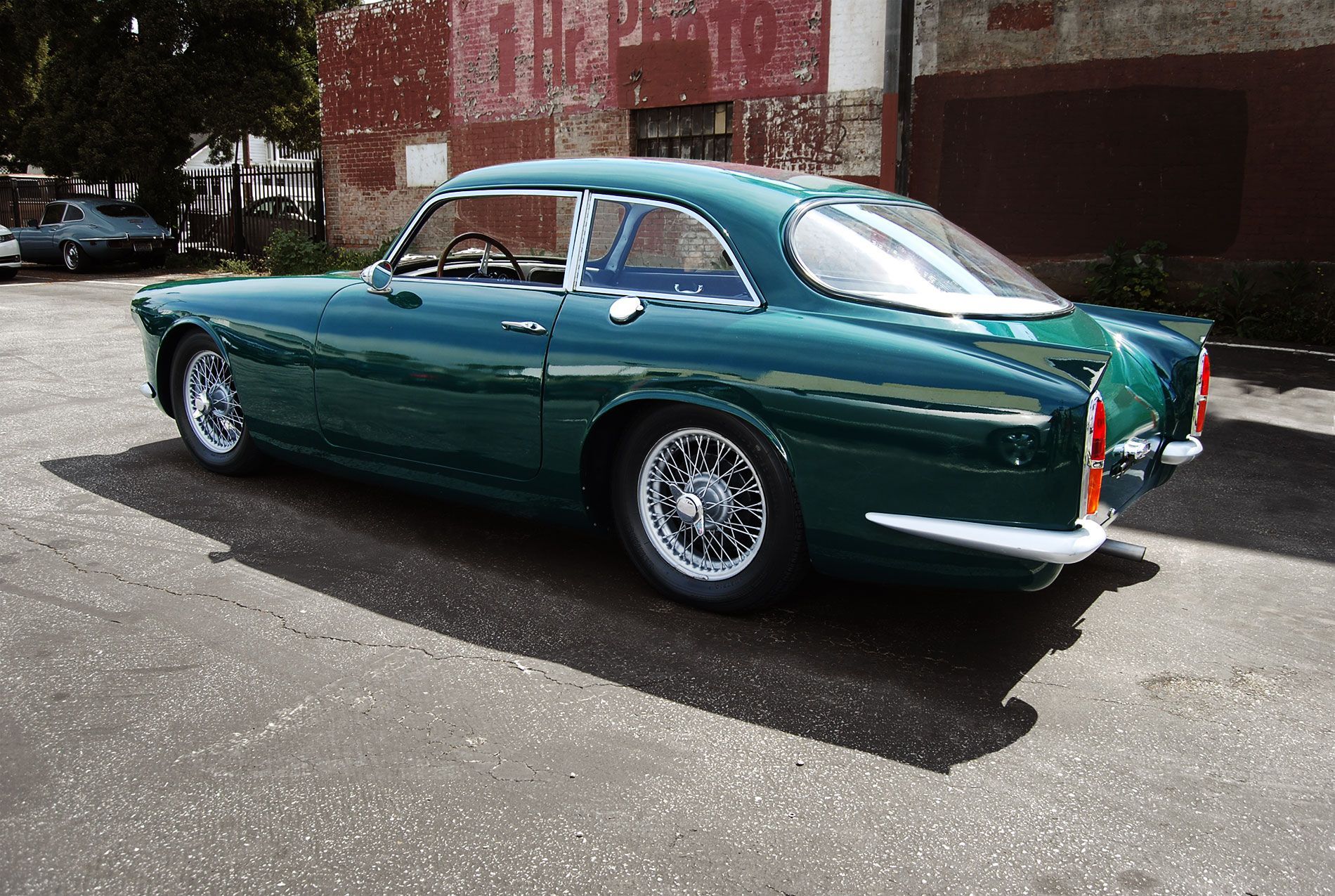
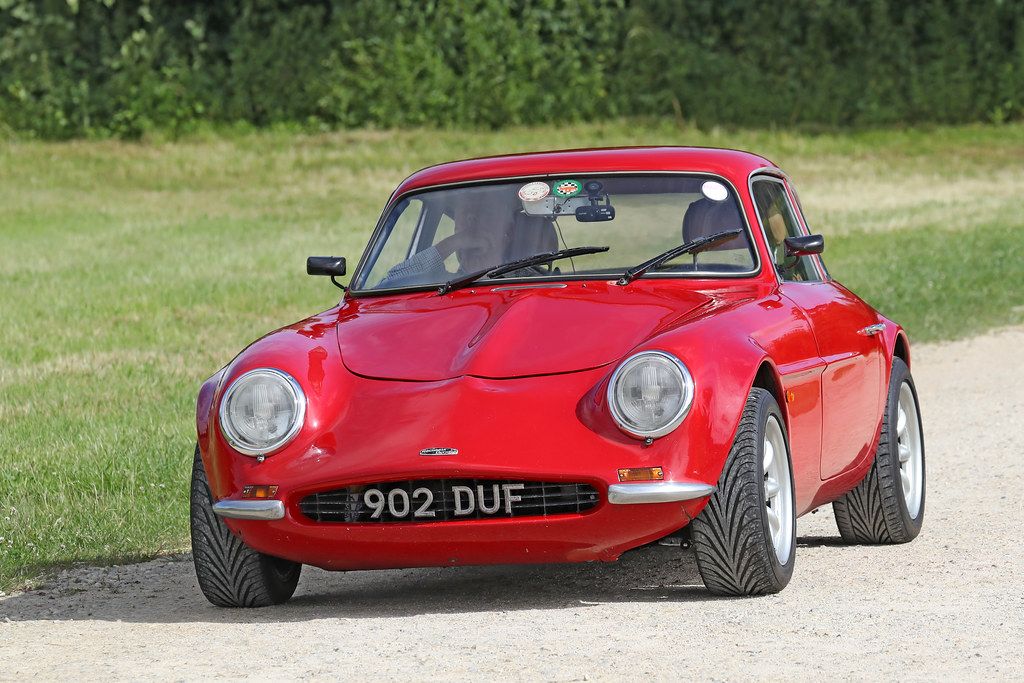
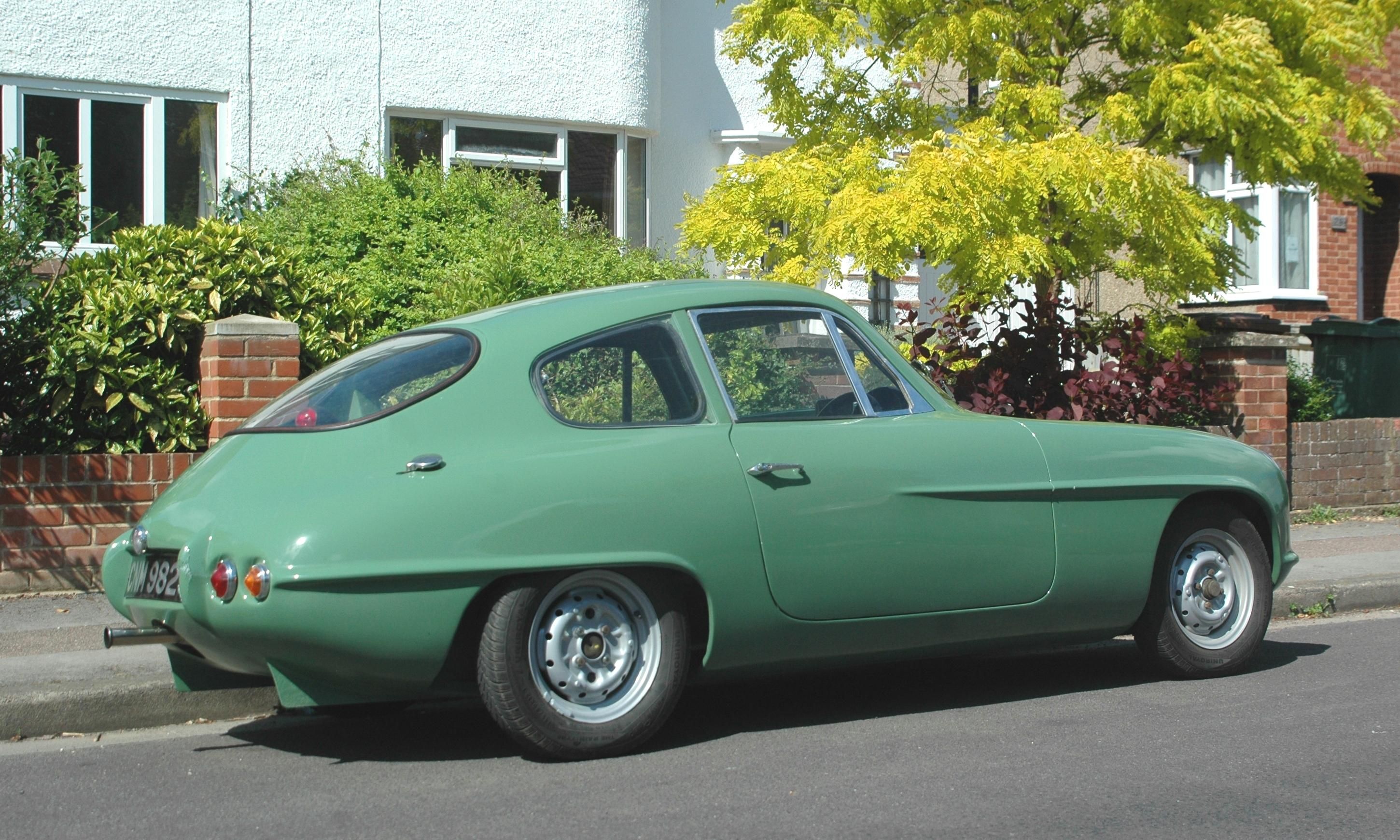
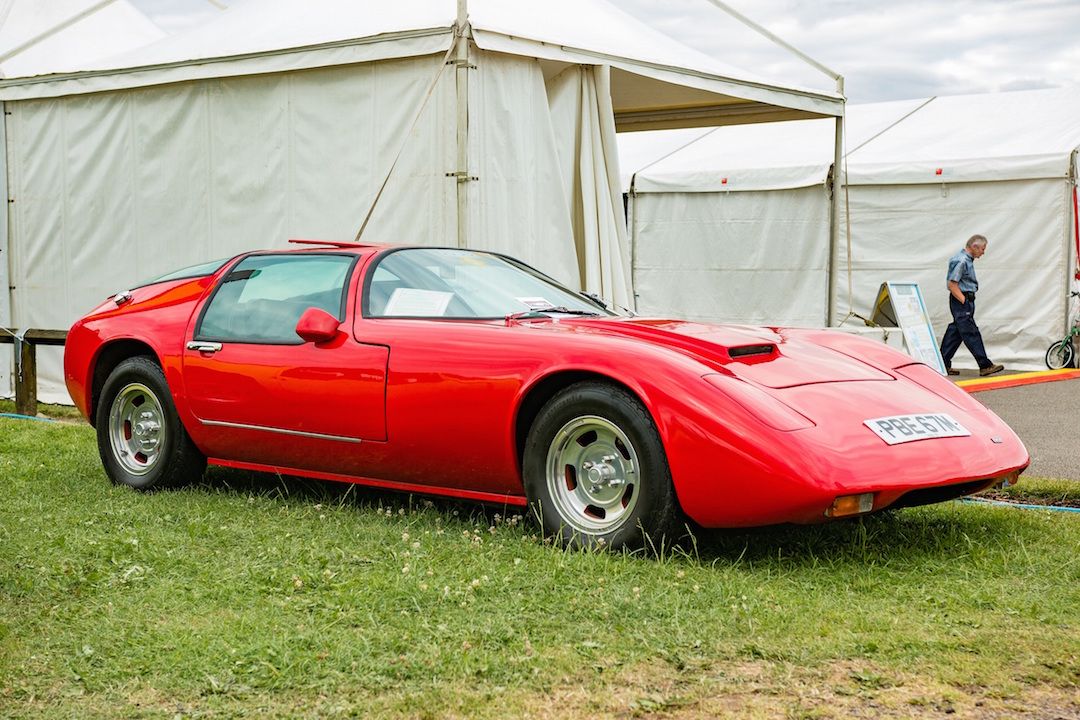
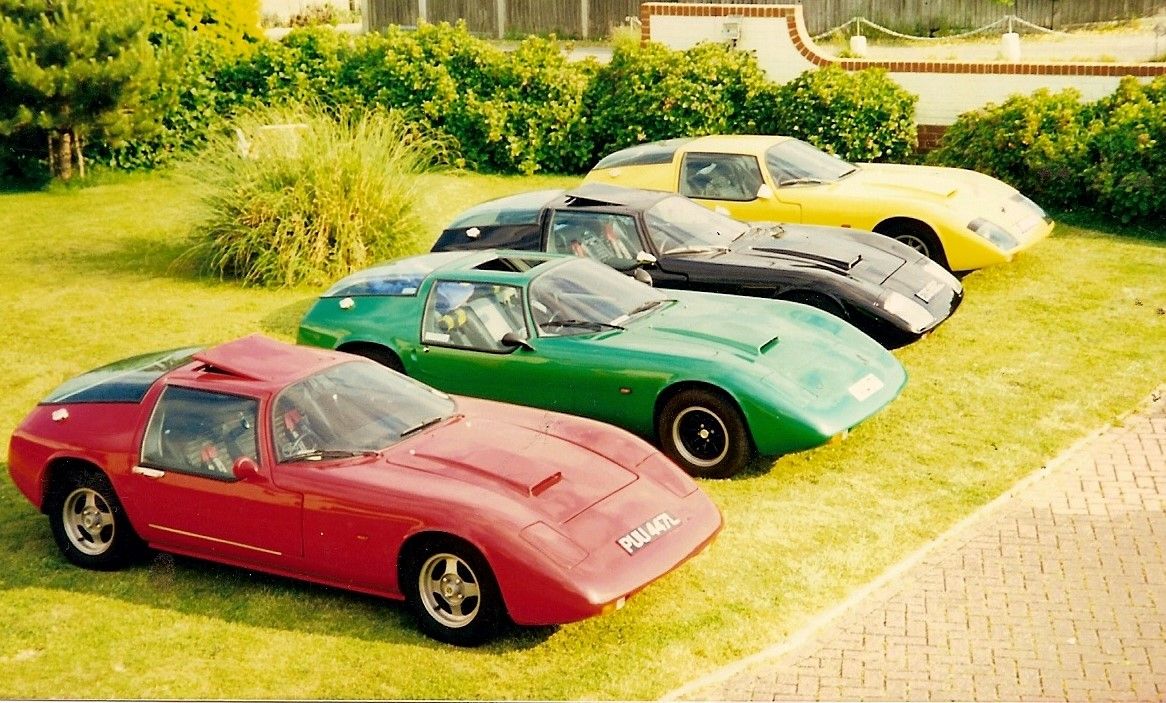
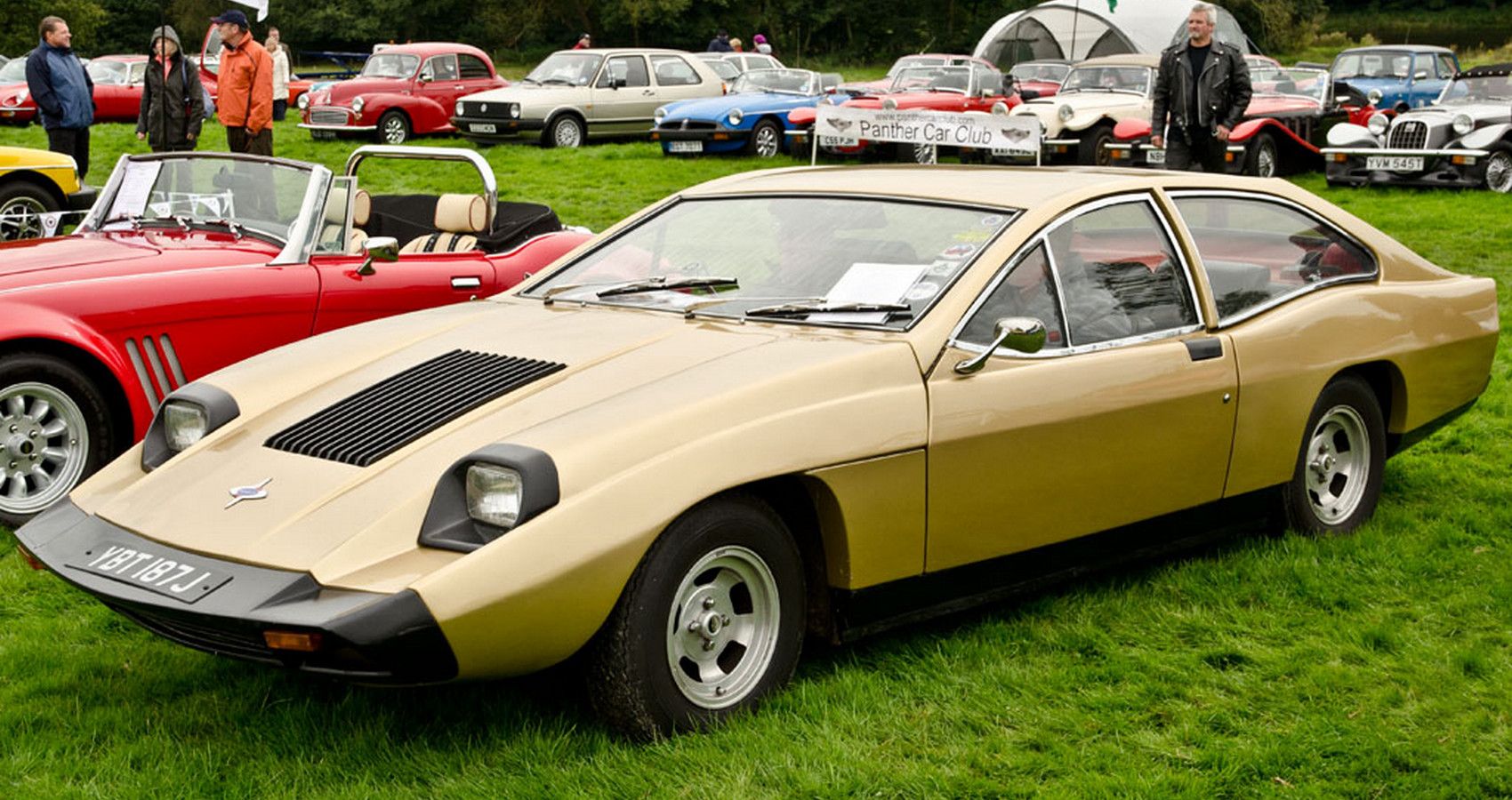
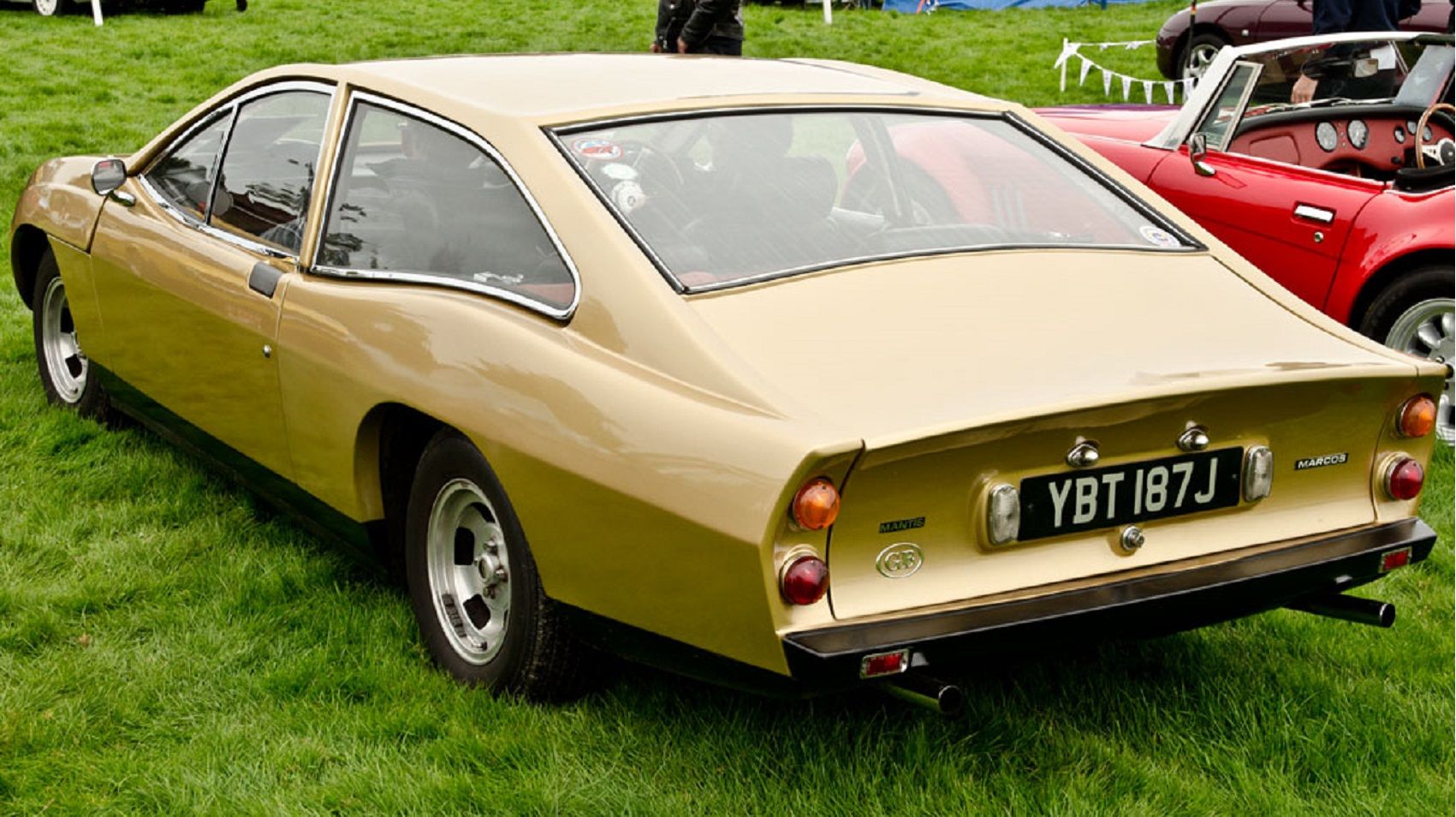
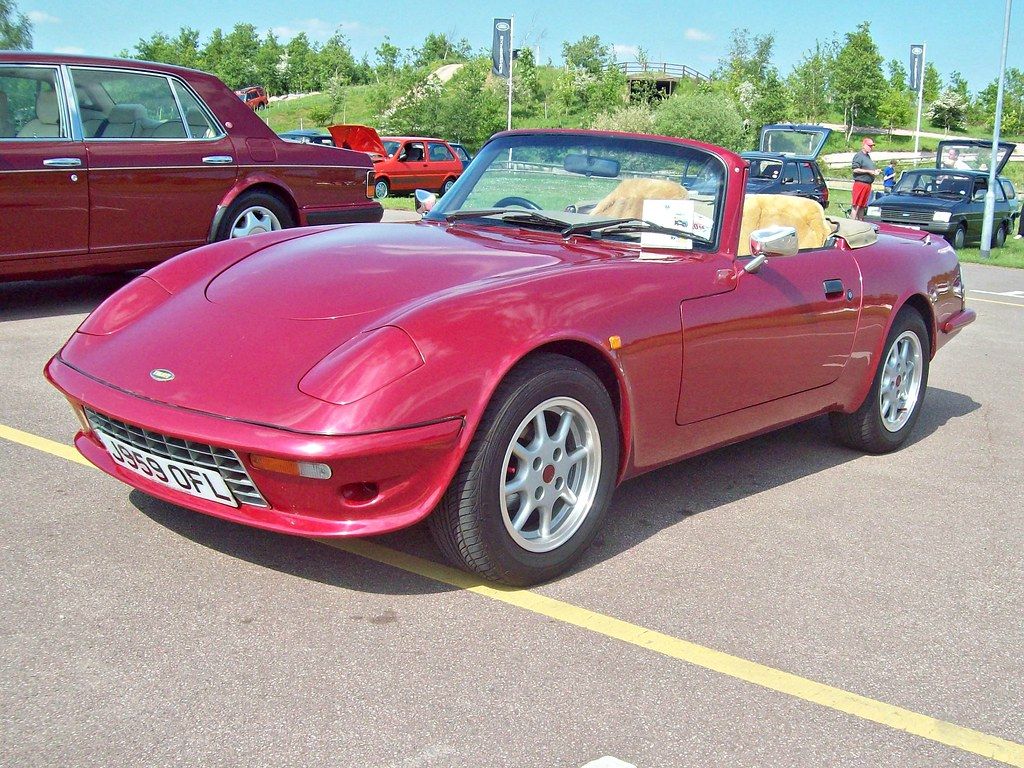
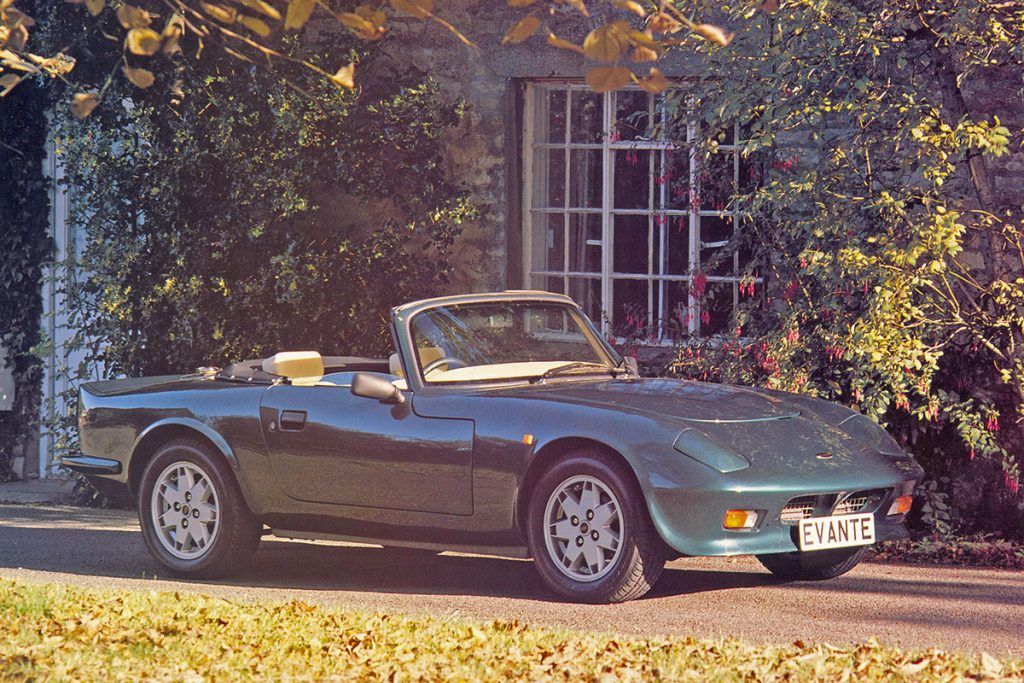
wikimedia.jpg)
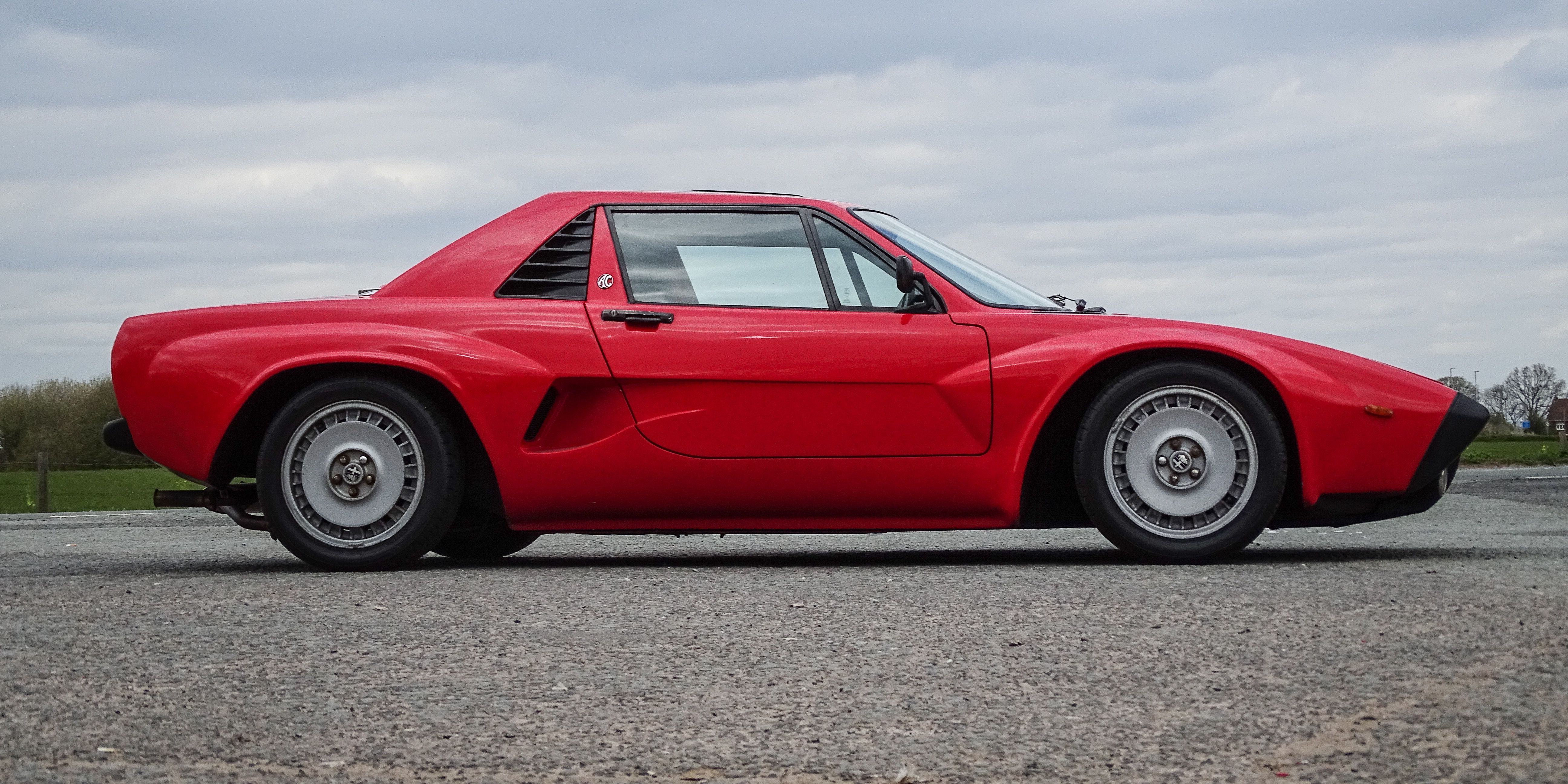
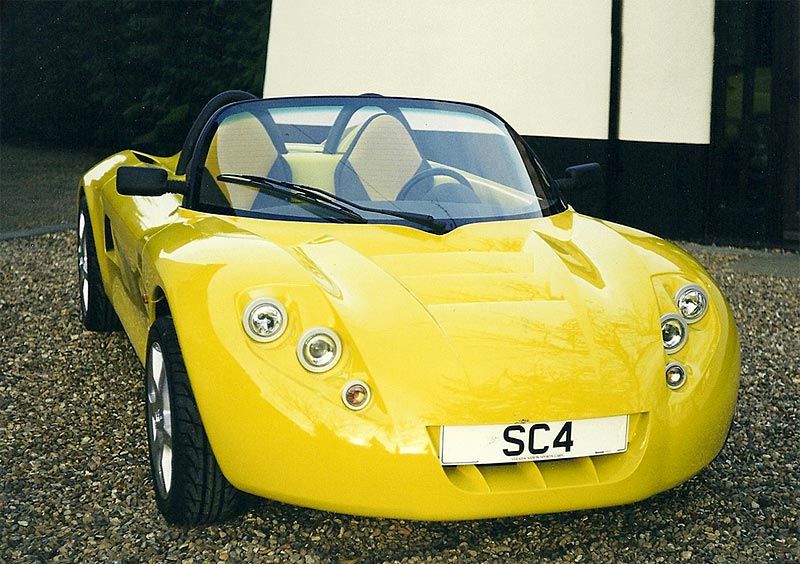
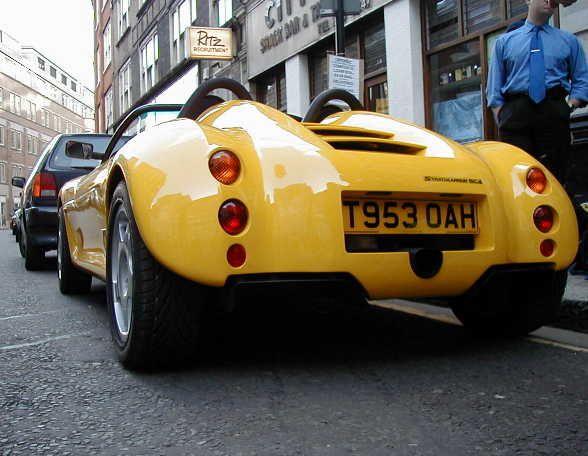
.jpg)
.jpg)